In the world of legal finance, securing funding is about more than just having a strong case—it’s about presenting it in a way that funders can clearly understand and evaluate. Whether you’re navigating a commercial dispute or an asset recovery action, the way you prepare and deliver your pitch can significantly influence the outcome.
At Ignitis, we review hundreds of opportunities each year. The ones that stand out? They’re not just compelling—they’re well-structured, transparent, and thoughtfully presented.
Here’s how to best position your case for litigation funding:
1. Craft a Compelling Executive Summary
This is your first impression—make it count.
Prepare a concise document that introduces the case, outlines its background, and highlights key facts and legal arguments. It should explain:
- The nature of the dispute and its context.
- The legal basis for the claim.
- The damages being sought, and how those damages are calculated.
- Any procedural posture or deadlines that may affect urgency.
Think of this as the elevator pitch. At Ignitis, we often see overly complex summaries. A clear, high-level overview demonstrates professionalism and focus.
2. Present the Legal Merits with Clarity
Funders invest in outcomes. They need to understand not only that your claim has merit, but why it’s likely to succeed.
To do this effectively:
- Provide a structured overview of the legal theory supporting the case.
- Include the jurisdiction and governing law.
- Discuss favorable case law and anticipated challenges.
- Include summaries of any pleadings, court rulings, or arbitral decisions.
We understand that for early stage funding you may not have secured expert legal opinions or filed documents. We prefer to see proactive legal thinking—clear articulation of both strengths and potential hurdles, with strategy to address them.
3. Provide a Realistic Budget and Timeline
Legal finance is a long game—and funders want to know what they’re getting into.
A comprehensive, realisticbudget should include:
- External legal costs (including counsel, barristers, solicitors).
- Expert witness fees.
- Court/arbitration filing fees, hearing costs, and travel.
- Any other disbursements or overheads.
- Along with this provide a realistic timeline.
We carefully evaluate the financial feasibility of every case, including an assessment of the timeline. If the potential return justifies the projected costs—and the roadmap makes sense—we’re far more likely to proceed.
4. Demonstrate Recovery Potential
Even a watertight claim is only as valuable as the ability to enforce the judgment or award.
Ensure you have considered:
- A financial analysis of the opposing party.
- Information on whether the defendant is insured—and the scope of that coverage if known.
- Details of any enforcement-friendly jurisdictions where assets are located.
- Your team’s experience with recovery or enforcement actions.
Yourinitial intelligence sets the tone. Demonstrating a clear recovery strategy can make or break a funding decision.
5. Be Transparent, Organized, and Strategic
Funders appreciate clarity, honesty, and collaboration. No case is perfect—and we don’t expect it to be.
You should:
- Disclose any risks, procedural history, or unfavorable rulings.
- Be ready to explain how you’ve assessed those risks and your mitigation strategy.
- Share relevant documents in a well-organized manner.
- Identify potential alternative outcomes or settlement paths.
Ignitis approaches funding as a strategic relationship. We value partners who are solution-oriented, detail-driven, and upfront. The more you prepare and present with this mindset, the more trust and traction you’ll gain.
Final Thoughts
Securing litigation funding is not just about the law—it’s about clarity, credibility, and strategy. The better you can tell the story of your case—and back it up with substance—the more confident funders like Ignitis will be in supporting it.
📢 If you’re exploring litigation funding for an upcoming case, Ignitis welcomes the opportunity to evaluate and partner with you.
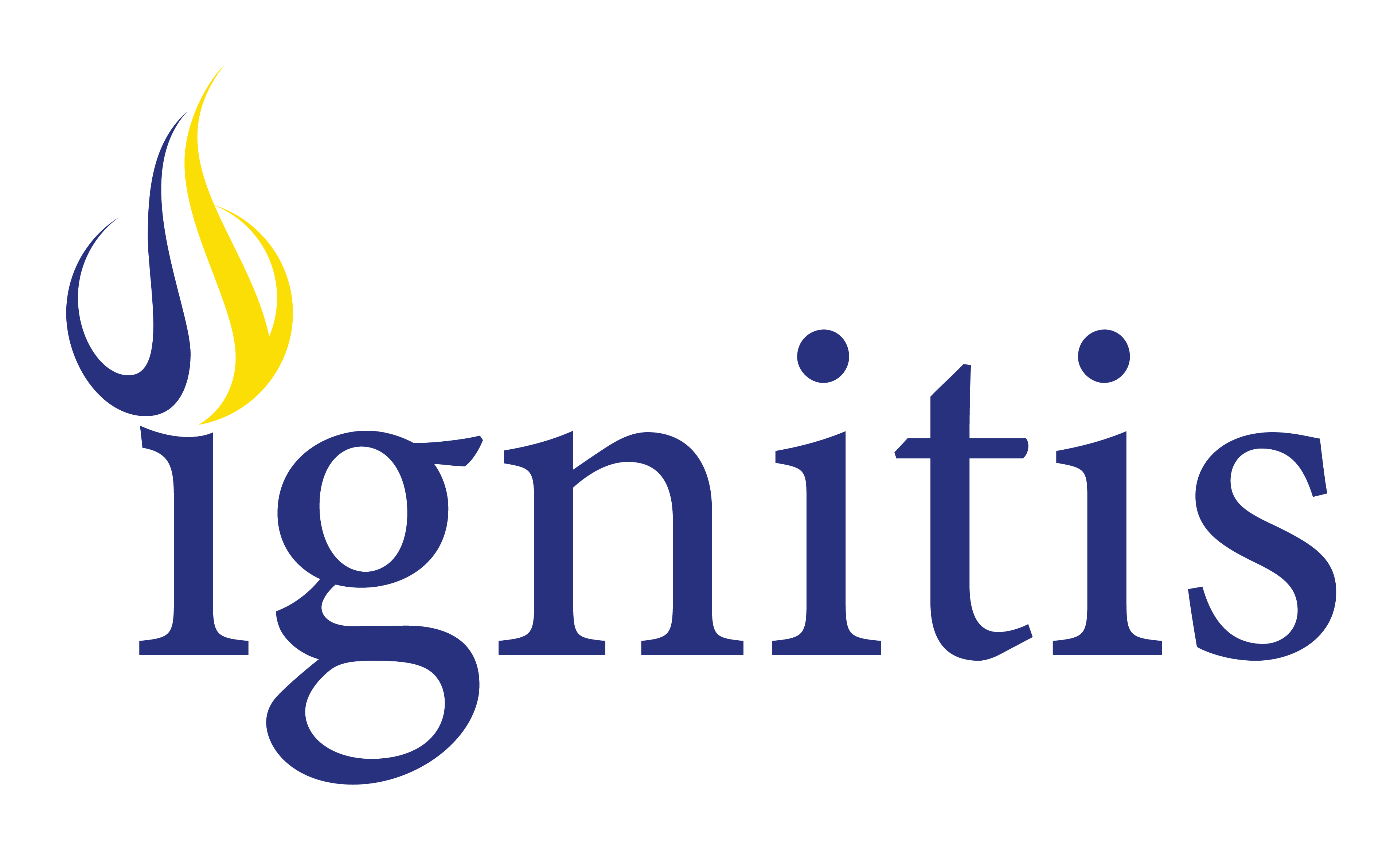







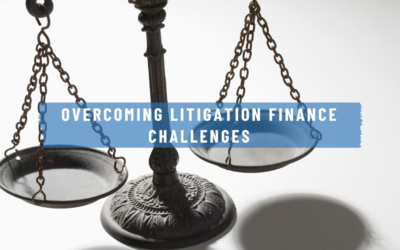
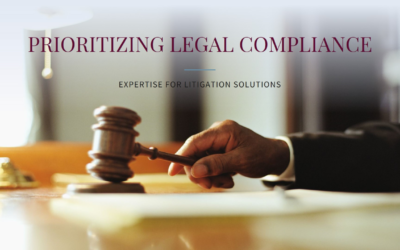
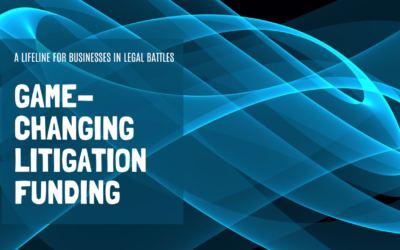
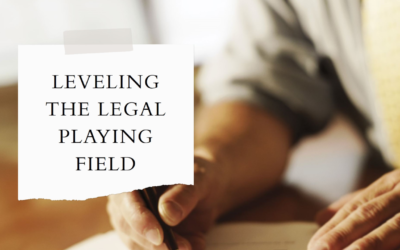
0 Comments